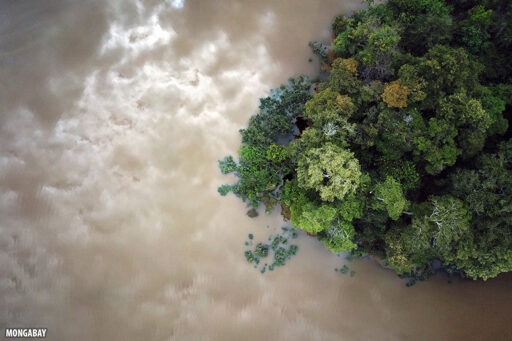For decades, environmental, social and governance systems have focused on stopping harm before it happens. Standards, certification schemes and corporate sustainability policies have all aimed to deter destruction, especially in forests and other high-risk ecosystems. But the uncomfortable truth is this: while these systems have helped reduce future damage, they remain largely unequipped to deal with the harm that has already occurred. Across the globe, Indigenous and local communities continue to grapple with the long-term consequences of deforestation and other harms, often at the hands of companies that have since been excluded from sustainability frameworks. Yet exclusion is where accountability often ends. Companies are removed from certification or policy schemes, but are rarely required to take meaningful steps to repair the social or environmental damage they caused. This creates a structural gap in global sustainability, a growing disconnect between corporate accountability systems and the people and ecosystems they are meant to protect. Environmental justice cannot be achieved through prevention alone. It must also address historical harm, through remedy that is credible, community-driven, and verifiable. Stacks of certified sustainably harvested wood in Peru. Photo by Rhett A. Butler. Remedy isn’t a new concept. In the human rights space, it has long been recognized, most notably by the United Nations, as a process that includes acknowledging past harm, providing redress, and taking steps to restore dignity and prevent recurrence. It’s time we bring the same level of commitment to environmental governance. Remedy is not about erasing the past, it’s about facing it,…This article was originally published on Mongabay
From Conservation news via this RSS feed


